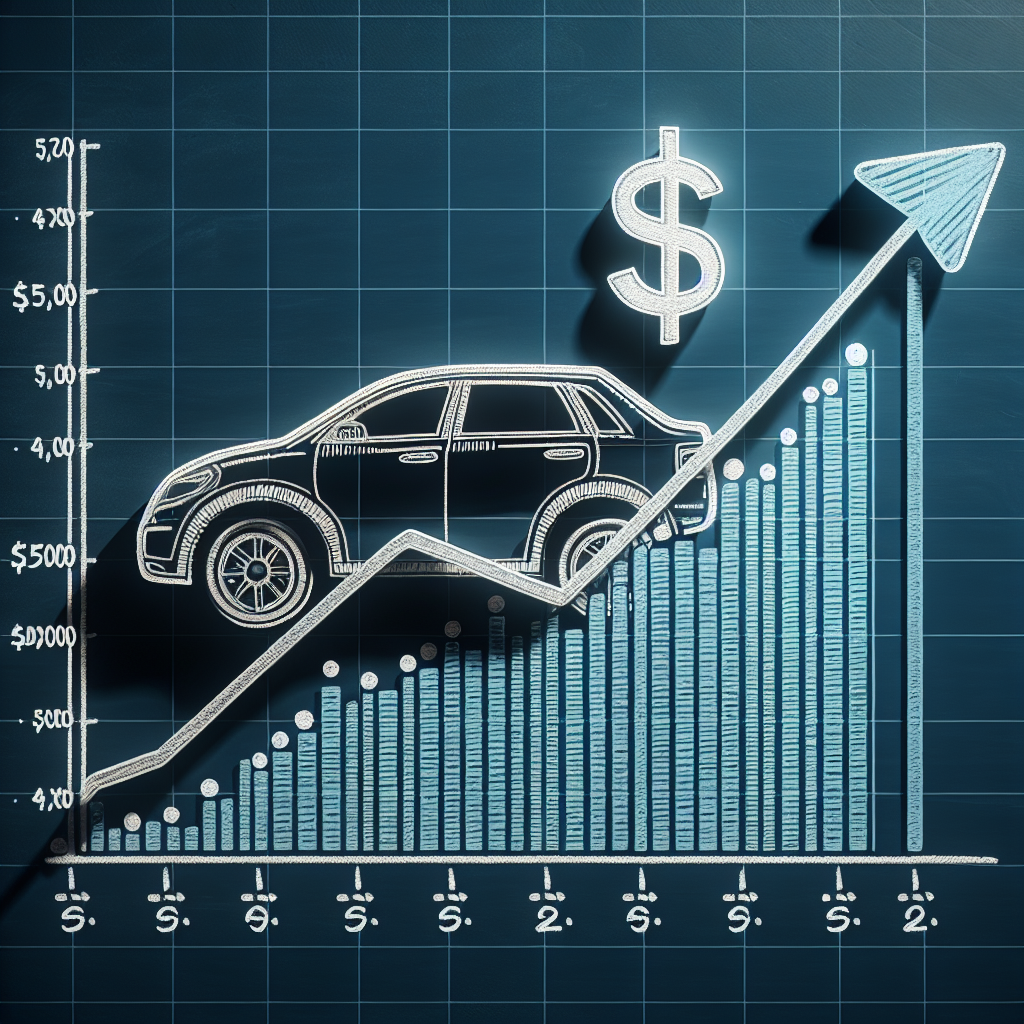In recent years, the prices of cars in the United States have been on the rise, with the average price of new cars reaching historic highs, approaching the $50,000 mark for the first time.
According to data from the U.S. online car information resource site Edmunds, the average transaction price for new cars in October was $49,105, up 3.1% year over year.
Ivan Drury, the director of insights at Edmunds, told Fox Business, “This is something we have long anticipated. No one expected prices to decline, and with electric vehicles commanding higher prices and a significant market share, it naturally led to this outcome.”
Drury stated, “Setting aside the outliers, there’s hardly any vehicle today that is cheaper than it was last year, two years ago, or five years ago. The average age of vehicles being traded in for new ones is around five and a half to six years now. Those who bought cars in 2020 and 2019, especially those from 2019, would be shocked to see today’s prices.”
He added, “If you’re a customer looking to replace your old car and haven’t been to a dealership in the past six years except for maintenance, seeing the average transaction price almost $10,000 higher than your last purchase will surely be a surprise.”
The average monthly payment for new cars sold in October increased by 3.2% compared to the same period last year, reaching $766 per month. However, interest rates slightly decreased, with the average annual rate dropping from 7% in October to 6.9%.
Drury stated that the financing costs for new car loans have significantly increased. Although new car loan rates fell below 7% for the first time since December last year, showing a clear downward trend, six years ago, buyers might have secured loans with rates around 4% or 5%.
“Now, the average loan amount is $43,000, with the most common loan term being 72 months. Just the interest alone amounts to about $9,500, which can be daunting,” Drury said.
Although car dealerships have increased the average discounts available to buyers, with the average discount reaching $1,985 in January, hitting a yearly high of $2,262 in June, and standing at $2,240 in October, the alleviating effects of these discounts are limited.
Drury mentioned, “Dealerships are back to offering discounts. They receive money from car manufacturers and then spend it on promotional activities.”
He noted, “The average time a vehicle spends on the lot is around 60 days, considered acceptable by industry standards. However, dealerships prefer vehicles not to stay on the lot for that long; the shorter the time, the better for them.”
According to NerdWallet, since the implementation of tariffs in April, car prices have remained relatively stable. Car manufacturers seem to have absorbed the tariff costs themselves rather than passing them on to consumers. However, ongoing inflation has increased manufacturing and labor costs, leading some manufacturers and dealerships to pass these costs on to buyers. Additionally, many new cars come equipped with advanced technology, larger infotainment screens, driver assistance systems, and hybrid/electric powertrains—all of which add to the costs.
These insights shed light on the current landscape of the automotive industry, where various factors contribute to the rising prices of cars in the U.S.

